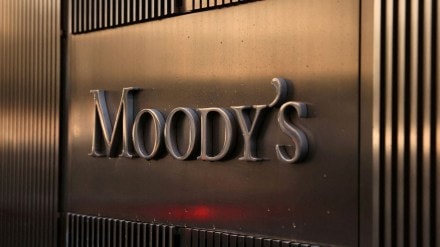Global rating agencies Moody’s and Fitch on Wednesday said the weakened majority of the Bharatiya Janata Party (BJP)-led government in its third term could pose challenges to key economic reforms.
“It appears the BJP-led NDA is likely to form the next government, returning Prime Minister Modi for a third term, but with a weakened majority that could pose challenges for the more ambitious elements of the government’s reform agenda,” Fitch said in a note.
As the BJP fell short of an outright majority and will need to rely more heavily on its coalition partners, passing contentious reforms could prove more difficult, particularly around land and labour, which have recently been flagged as priorities by the BJP to boost India’s manufacturing competitiveness, it said.
Commenting on the NDA’s third term, Moody’s said: We expect policy continuity, especially with regards to budgetary emphasis on infrastructure spending and boosting domestic manufacturing, to support robust economic growth.”
However, the NDA’s relatively slim margin of victory, as well as the BJP’s loss of its outright majority in parliament, may delay more far-reaching economic and fiscal reforms that could impede progress on fiscal consolidation, Moody’s said.
India’s fiscal outcomes will remain weaker than Baa-rated peers, even as the final budget for the fiscal year ending March 2025 to be released in the next few weeks provides some indications of India’s fiscal policy over the course of the term of the incoming government through 2029,” the agency said.
Despite the slimmer majority, Fitch expects broad policy continuity to persist, with the government retaining its focus on its capex push, ease of doing business measures, and gradual fiscal consolidation.
“We expect India’s strong medium-term growth outlook to remain intact, underpinned by the government capex drive and improved corporate and bank balance sheets. But upsides to medium-term growth prospects are likely to be more modest if reforms prove more challenging to advance,” Fitch said.
In FY24, India’s real GDP accelerated to 8.2% from 7% the previous year, driven by gains in gross fixed capital formation as the government’s infrastructure program gained further traction even as private consumption remained subdued.
“Our assessment of India’s economic strength incorporates real GDP growth of around 7% over the three years between 2023-24 through 2025-26, while factoring potential upside over the medium-term resulting from improvements in productivity and potential growth on the back of traction on infrastructure development and digitalization,” Moody’s said.
